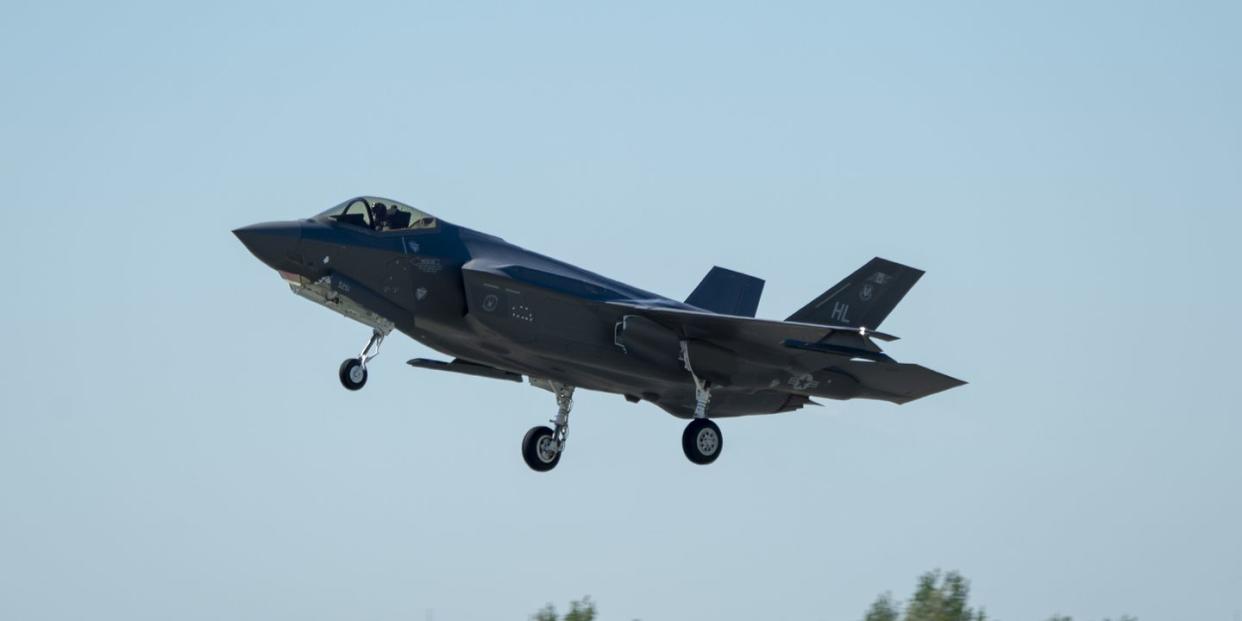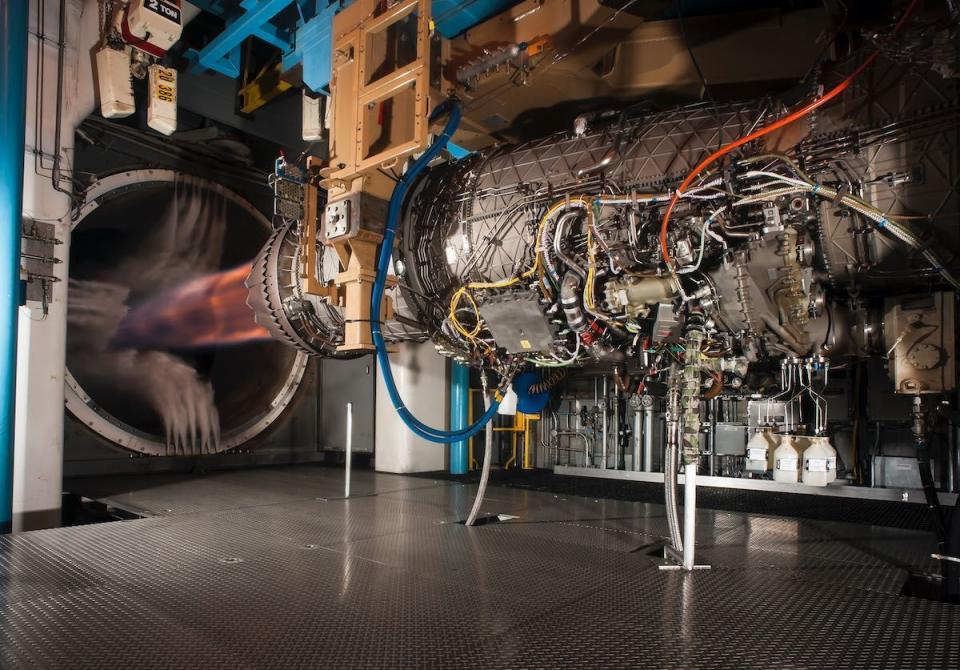The F-35 Could Make Some Neighborhoods in the U.S. Unliveable

The F-35 Joint Strike Fighter is designed to fight and win against the most technologically advanced adversaries in the world. One opponent it wasn’t ready for, however, was suburban sprawl.
Across America, communities living near Air Force, Navy, and Marine Corps bases up in arms over the single seat fighter flying over and near their neighborhoods, disrupting the tranquility of their homes and subjecting them to “vacuum cleaner” levels of noise.
The F-35 Joint Strike Fighter is equipped with one of the most powerful military aircraft engines in the world. Making the F-35 a single engine fighter ensured the need for a particularly powerful engine. The Pratt & Whitney F135 engine delivers 43,000 pounds of thrust, single handedly propelling a 70,000 pound aircraft, laden with weapons and fuel through the air with the power and agility to defeat threats.

Stars and Stripes reports on communities near Boise, Idaho and their effort to identify the noise impact of F-35 basing at Boise Airport. The Pentagon is considering basing an Air National Guard F-35 unit at Boise Airport, and a 1,099 page environmental impact statement for the base has some grim news. “The statement said 272 households with about 665 people would regularly be subjected to noise as loud as a vacuum cleaner 3 feet away.”
Those houses would likely become unlivable. Nearby schools would experience “speech interference,” meaning it would become difficult to hold conversations at a normal volume.
One of the F-35’s lesser known, at least on a national level, problems is how noisy it is. This has become an issue in communities surrounding military air bases around the country. As the F-35 is set to replace older jets such as the F-16 Fighting Falcon, AV-8B Harrier, and F/A-18 Hornet, communities are organizing against a jet many see as a threat to their quality of life.
The problem started after World War II, as cities declined as popular areas for settlement and a demand demand for single family homes in suburban areas grew. Suburban sprawl tilted towards cheap land and inexorably closed in on military bases. Many military bases across America, often built miles from population centers, are now practically ringed with civilian communities.
The situation in Boise mirrors that in other communities across America. In Vermont, the “Green Mountain Boys” of the Vermont Air National Guard are trading in their F-16s for 18 F-35s, and neighbors around Burlington International Airport are unhappy with reports that 962 units of housing will be affected by noise issues. Residents living near Marine Corps Air Station Beaufort in South Carolina expressed similar concerns although those have seemingly died down. Some residents in and around Madison, Wisconsin—a competitor for the same F-35 jets as Boise—also expressed the same concerns (though that being said, public commentary ran 4:1 in support of the jets.)
Is the noise problem overblown? There’s evidence to suggest that the F-35 being noisier than its predecessor is more perception than reality. A survey of Dutch residents living near the Royal Netherlands Air Force F-35 jets suggests the planes are actually quieter than the F-16s they replaced, with the new jet perceived as less noisy. Noise measuring equipment used by the Dutch government measured the F-35 at 109 decibels, three decibels less than the F-16 at 112 decibels.
You Might Also Like

